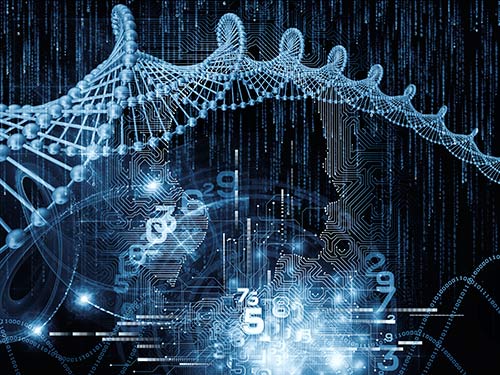Bioprocessing emerged from a history of extensive testing for quality assurance, but some of that is changing. Instead of an industry built on quality by testing (QbT), bioprocessing would benefit from more of an emphasis on quality by design (QbD). Recently, Maria Jose Sousa Gallagher, PhD, a professor in process and chemical engineering at the University College Cork in Ireland, and her colleagues reviewed the trends turning bioprocessing from QbT to QbD.
“QbD, a systematic approach to quality in process development, integrates quality into process design and control, guided by regulatory frameworks,” Gallagher and her colleagues wrote. “This paradigm shift enables increased operational efficiencies, reduced market time, and ensures product consistency.”
Plus, QbD can be used in many aspects of quality assurance, including the identification of critical quality attributes, establishing a quality target product profile, and determining control strategies. Optimizing all of these aspects often relies on the use of artificial intelligence (AI), the Internet of Things (IoT), and digital twins (DTs). As Gallagher and her colleagues put it: “These innovations enable real-time data analysis, predictive modeling, and process optimization, which are crucial elements in QbD implementation.”
Turning up digital-twin power
To make the transition from QbT to QbD, though, bioprocessors face some crucial challenges. Take DTs as an example. “The concept of DTs is notable for its ability to facilitate bi-directional data communication and enable real-time adjustments and therefore optimize processes,” Gallagher’s team noted. “DTs, however, face implementation challenges such as system integration, data security, and hardware-software compatibility.”
As one approach to building better DTs, Gallagher and her colleagues pointed out using wireless and spectroscopic sensors for better data collection. More data could also be collected with soft sensors. To keep better track of an ongoing bioprocess, according to Gallagher’s group, “advancements are needed in noninvasive analytical techniques, sensor adaptability across production systems, regulatory compliance, and user-friendly interfaces for seamless digitalization and data integration.”
That leaves some significant challenges to overcome before bioprocessing can become less QbT and more QbD, but that transition is underway—and it’s not likely to stop.


